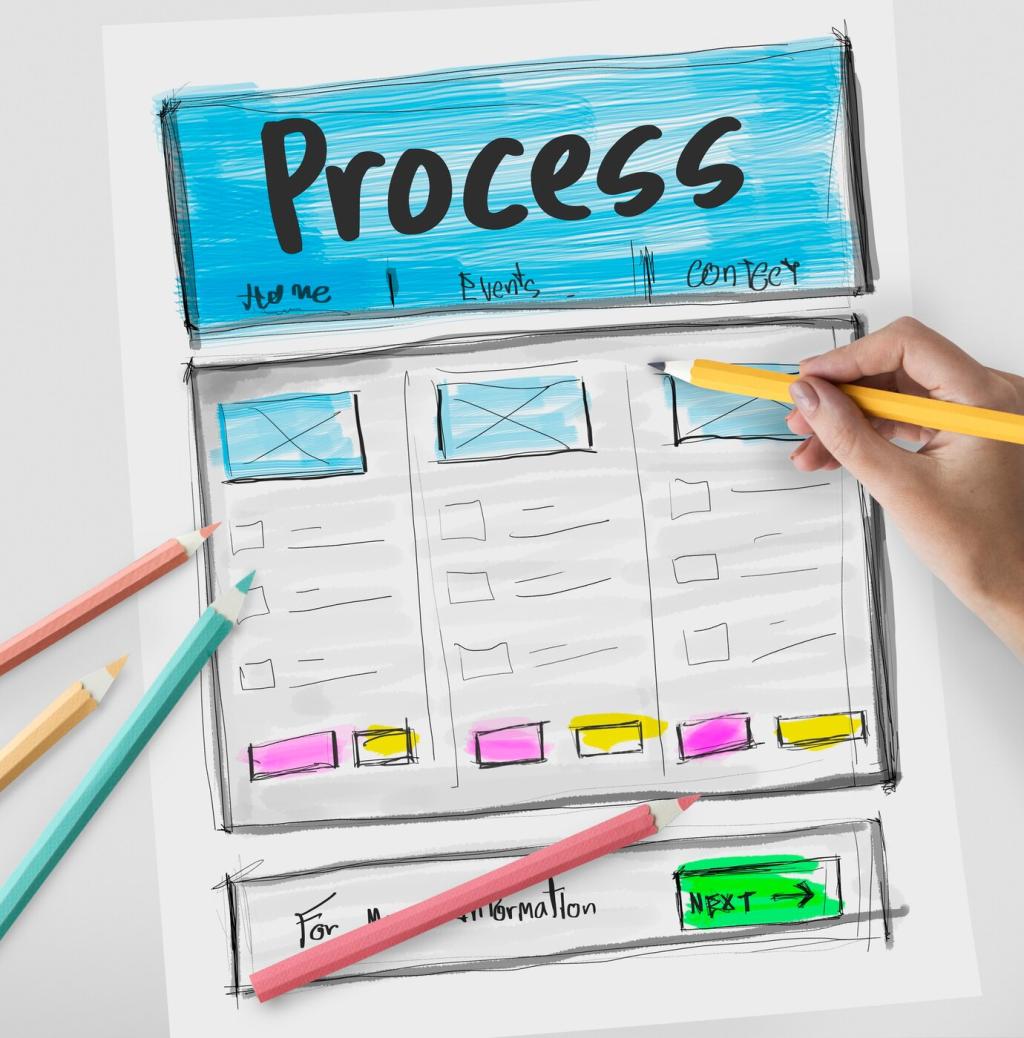Tools, Workflows, and Sustainable Habits
Combine Canva for visuals, Audacity for cleanup, OBS for recording, and H5P for interactivity. Use built-in captioning, then edit for accuracy. Favor simple templates that you can reuse. Limit fonts and colors to keep cognitive load low and your visual identity recognizable.
Tools, Workflows, and Sustainable Habits
Capture quick demos on your phone in good light, with a lapel mic or quiet room. Name files consistently, store assets in dated folders, and add brief descriptions. These small habits save hours later and make collaboration with colleagues smooth and reliable.
Tools, Workflows, and Sustainable Habits
Use Creative Commons media, attribute clearly, and model ethical citation. Blur student names, mute private comments, and secure consent before sharing. Share your favorite public-domain libraries in the comments so everyone can build responsible, inspiring resources without legal or ethical missteps.
Tools, Workflows, and Sustainable Habits
Lorem ipsum dolor sit amet, consectetur adipiscing elit. Ut elit tellus, luctus nec ullamcorper mattis, pulvinar dapibus leo.






